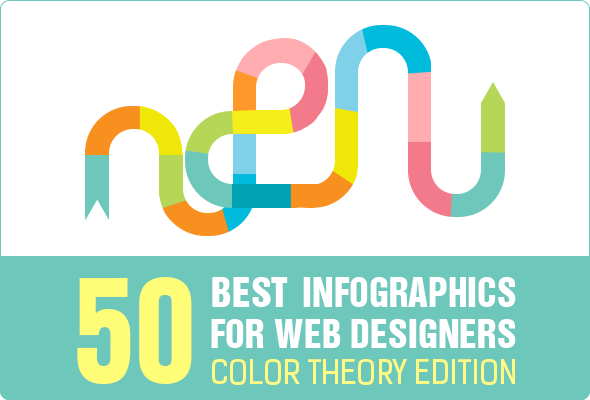Intrigued In Learning How Web Site Design Has Advanced Throughout The Years? Explore The Journey From Basic, Uncomplicated Designs To User-Centric Interfaces That Focus On The Visitor'S Experience
Intrigued In Learning How Web Site Design Has Advanced Throughout The Years? Explore The Journey From Basic, Uncomplicated Designs To User-Centric Interfaces That Focus On The Visitor'S Experience
Blog Article
Writer-Abel Singer
In the past, sites were straightforward and concentrated on info. Navigation was straight, and style was for desktop computers. Currently, user experience is key. Data guides styles for easy navigation. Responsive formats fit different devices. Today, dark mode minimizes strain, and minimalist menus enhance navigating. Interactive attributes involve individuals, and bold visuals stick out. AI assimilation enhances interaction. See just how layout has actually advanced to boost your online journey.
Early Days of Website Design
In the very early days of website design, simplicity reigned supreme. Sites were standard, with limited colors, fonts, and formats. The focus was on offering details instead of flashy visuals. Customers accessed the internet through slow-moving dial-up links, so speed and capability were crucial.
Navigating food selections were straightforward, generally situated on top or side of the page. Internet sites were created for desktop, as mobile surfing wasn't yet prevalent. Content was king, and designers focused on easy readability over complex layout aspects.
HTML was the primary coding language made use of, and designers needed to work within its restrictions. Computer animations and interactive attributes were very little contrasted to today's requirements. Web sites were fixed, with little vibrant content or personalized user experiences.
Rise of User-Focused Style
With the advancement of website layout, a change towards user-focused design concepts has actually become significantly prominent. Today, producing websites that prioritize customer experience is vital for engaging site visitors and achieving organization goals. https://www.forbes.com/sites/forbeseq/2022/03/30/top-marketing-newsletters-you-need-to-subscribe-to/ -focused design includes comprehending the requirements, preferences, and actions of your target audience to tailor the web site's format, content, and features as necessary.
Designers currently carry out detailed study, such as individual surveys and use testing, to collect understandings and comments straight from users. This data-driven method aids in developing instinctive navigating, clear calls-to-action, and visually enticing interfaces that resonate with visitors. By putting the user at the facility of the layout procedure, web sites can deliver a much more personalized and enjoyable experience.
Responsive layout has additionally become a vital aspect of user-focused layout, making sure that internet sites are maximized for different tools and display sizes. This versatility improves accessibility and use, accommodating the diverse methods users connect with sites today. In essence, the rise of user-focused design represents a shift in the direction of developing electronic experiences that prioritize the needs and assumptions of completion customer.
Modern Trends in Website Design
Check out the current fads shaping web design today. One prominent pattern is dark setting layout, using a sleek and modern-day look while reducing eye pressure in low-light environments. Another key pattern is minimal navigation, simplifying food selections and boosting user experience by focusing on essential elements. Integrating micro-interactions, such as computer animated buttons or scrolling impacts, can produce a more engaging and interactive internet site. Responsive style stays vital, making certain seamless user experiences across different tools. Additionally, utilizing bold typography and asymmetrical designs can add aesthetic rate of interest and accentuate details web content.
Incorporating seo and organic search , like chatbots for customer assistance or tailored recommendations, enhances user interaction and enhances procedures. Availability has also become a significant trend, with designers prioritizing comprehensive style techniques to accommodate diverse individual demands. Embracing sustainability by maximizing website efficiency for speed and effectiveness is an additional arising trend in web design. Collaborating with customer feedback and information analytics to repeat and improve layout constantly is crucial for staying relevant in the ever-evolving digital landscape. By welcoming these contemporary trends, you can produce a visually enticing, user-friendly website that reverberates with your audience.
Verdict
As you review the advancement of site design from the early days to now, you can see exactly how user-focused style has come to be the driving force behind modern fads.
Accept the journey of adjustment and adaptation in web design, always maintaining the user experience at the leading edge.
Remain current with the latest patterns and technologies, and never quit evolving your technique to develop visually magnificent and user-friendly sites.
Evolve, adjust, and create - the future of website design remains in your hands.
